Role Justice Name Roger Traynor | Succeeded by Donald Wright | |
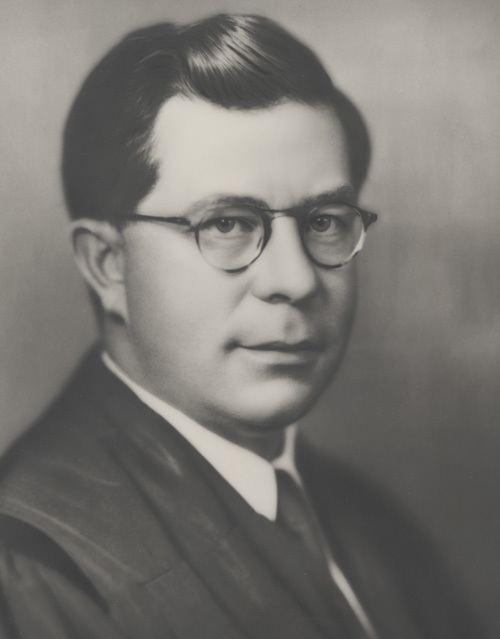 | ||
Spouse(s) Madeline E. Traynor (nee Lackman) Children Michael J. Traynor, Joseph M. Traynor, and Stephen C. Traynor Books The Traynor Reader: Nous Verrons : a Collection of Essays | ||
Roger John Traynor (February 12, 1900 – May 14, 1983) served as the 23rd Chief Justice of California from 1964 to 1970, and as an Associate Justice from 1940 to 1964. A nationally respected jurist, Traynor's 30-year career as California's 77th Justice coincided with tremendous demographic, social, and governmental growth in California and in the United States of America, and was marked by a belief (in the words of his biographer, G. Edward White) that "the increased presence of government in American life was a necessary and beneficial phenomenon."
Contents
- Early career in academia and government
- Judicial career
- Retirement
- Criticism
- Personal life
- List of cases
- Photographs
- References
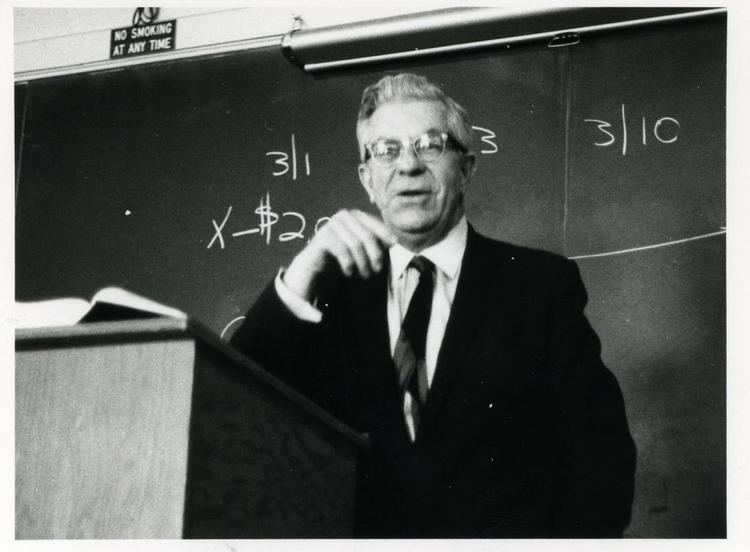
Early career in academia and government
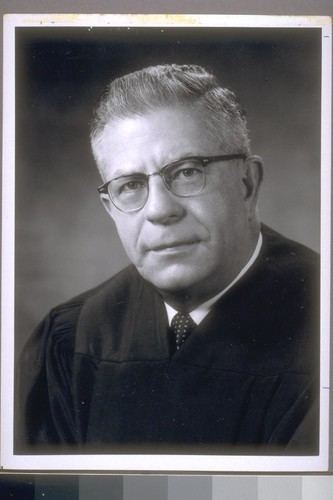
At the University of California, Berkeley, Traynor wrote groundbreaking articles on taxation, while serving as editor-in-chief of the California Law Review, and later became a full-time professor in 1936. He also acted as a consultant to the California State Board of Equalization from 1932 to 1940, and to the United States Department of the Treasury from 1937 to 1940. He took a leave of absence from the University in 1933 to work full-time for the Board of Equalization, and another leave in 1937 to help the Treasury Department draft the Revenue Act of 1938.
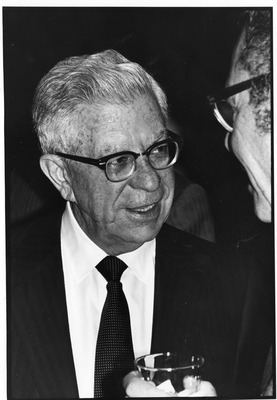
Before the Great Depression, nearly all California governmental functions were funded only through a general property tax on both real and personal property. This proved unworkable when property values collapsed. Through his work for the Board of Equalization, Traynor was responsible for creating much of California's modern tax regime, including the vehicle registration fee (1933), sales tax (1933), income tax (1935), use tax (1935), corporate income tax (1937), and fuel tax (1937). He served as the first administrator of the California sales tax and supervised its deployment across 200,000 retailers.
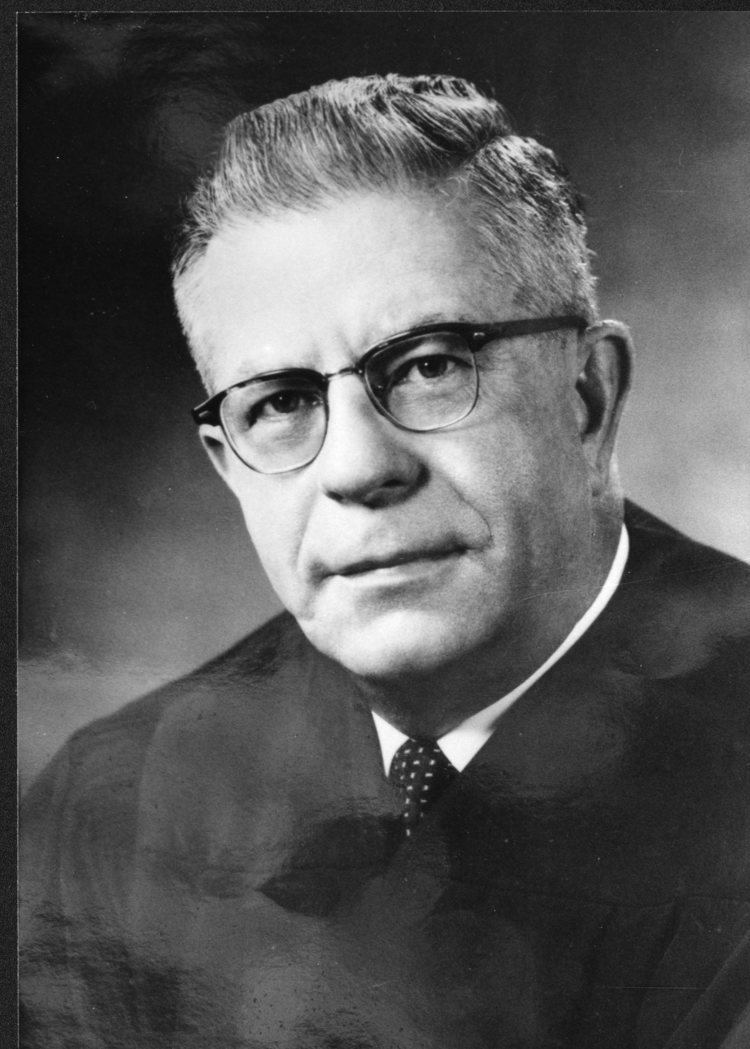
In January 1940, he started working part-time as a Deputy Attorney General under California Attorney General Earl Warren (who later became Chief Justice of the United States). He also started serving as Acting Dean of Boalt Hall, UC Berkeley's law school. On July 31, 1940, Traynor was nominated to the Supreme Court of California by Governor Culbert Olson. He was unanimously confirmed by the Qualifications Committee on August 13 and was sworn in the same day.
Judicial career
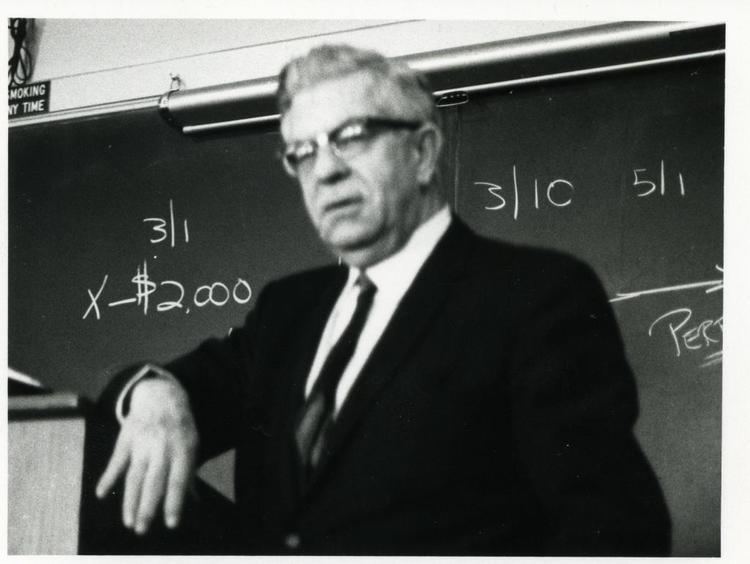
Traynor has generally been viewed by the American legal community as the single greatest judge in the history of the California judiciary, and one of the greatest judges in the history of the United States. His obituary in the New York Times noted that "Traynor was often called one of the greatest judicial talents never to sit on the United States Supreme Court."
His 1948 opinion in Perez v. Sharp was the first instance of a state supreme court striking down a statute prohibiting miscegenation. Traynor also wrote a 1952 opinion that abolished the defense of recrimination in the context of divorce and paved the way for the social revolution of no-fault divorce. But his most significant and well-known contribution to contemporary American law is probably his 1963 creation of true strict liability in product liability cases. An earlier generation of judges had cautiously experimented with legal fictions like warranties to avoid leaving severely injured plaintiffs without any recourse. Traynor simply threw those away and imposed strict liability as a matter of public policy.
To those skeptical of government's power to redress social wrongs, Traynor's extraordinary work is notable for the degree to which it asserted the judiciary's power to resolve difficult issues of public policy, and to redefine the boundaries of corporate and governmental liability. In his biography of Traynor, White wrote: "If California was a testing ground for governmental theories of modern liberalism, Traynor was an architect of a judicial role compatible with the activities of the modern liberal state."
During his long and distinguished career, Traynor authored more than 900 opinions, and he gained a reputation as the nation's leading state court judge. During his tenure, the decisions of the Supreme Court of California became the most frequently cited by all other state courts in the nation. [3] Several of Traynor's decisions were majority opinions that transformed California from a conservative and somewhat repressive state into a progressive, innovative jurisdiction in the forefront of American law.
Traynor was also noted for the quality of his writing and reasoning, and was honored during his lifetime with membership in the American Academy of Arts and Sciences (a rare honor for a judge). Many of his opinions are still mandatory reading for American law students. Also, Traynor did not uniformly join all opinions that could be characterized as "liberal" or "progressive" during his time on the Court; for example, he filed a two-sentence dissent in the landmark case of Dillon v. Legg, 68 Cal. 2d 728 (1968), which was a major step towards the modern tort of negligent infliction of emotional distress.
Retirement
On January 2, 1970, Traynor announced his retirement in order to avoid losing eligibility for retirement benefits under a California law that stripped judges of most benefits if they chose to remain on the bench past age 70. He retired to Berkeley and subsequently died there in his home from cancer.
In July 1983, the California Law Review gave over all its space in issue 4, volume 71 to publishing eloquent tributes to Justice Traynor from several esteemed judges, law professors, and politicians, including Warren Burger, Henry Friendly, and Edmund G. Brown.
Criticism
The liberal tendencies of much of Traynor's work has since made him the subject of extensive criticism from American libertarians and conservatives, and tort reformers have often grouped Traynor together with Earl Warren as examples of judicial activists. For example, the conservative magazine National Review attacked Traynor's reasoning in the Pacific Gas and Electric case (Pacific Gas & Elec. Co. v. G. W. Thomas Drayage Co., 69 Cal. 2d 33 (1968)) in a 1991 cover story.
In 1998, Regulation (the Cato Institute's journal) published a harsh critique of the California tort law system by Stephen Hayward. He claimed that "rather than protecting life, liberty, and property, [it] has ... become a threat to these." In blunt language, Hayward identified Roger Traynor's liberalizing influence on the Court's view of liability as "the first breach":
In a 1966 essay addressed to both the legal community of his time and future generations, Traynor defended his judicial philosophy:
Personal life
Traynor was born and raised in Park City, Utah, then a hardscrabble mining town, at the turn of the century by Felix and Elizabeth Traynor. His parents were impoverished Irish immigrants from Hilltown in Ireland.
In 1919, upon the advice of a high school teacher, he entered the University of California, Berkeley, though he had only $500 in savings to finance his college education. Fortunately, he won a scholarship at the end of his first year due to his excellent grades, and went on to earn a B.A. in 1923, an M.A. in 1924, and a Ph.D. in 1926; all these degrees were in political science. He also earned a J.D. from Boalt Hall in 1927. He earned the two latter degrees at the same time, while also teaching undergraduates and serving as editor-in-chief of the California Law Review. He was subsequently admitted to the State Bar of California that same year.
On August 23, 1933, Traynor married Madeleine Emilie Lackman, a woman who shared his love of learning: she already held a M.A. in political science from UC Berkeley and would go on to earn a J.D. in 1956. They had three sons: Michael, Joseph, and Stephen. Michael followed his father into law; he attended Harvard Law School, became a partner with Cooley Godward Kronish LLP, and has served as president of The American Law Institute.
